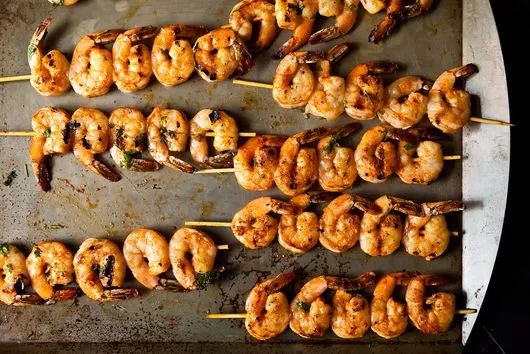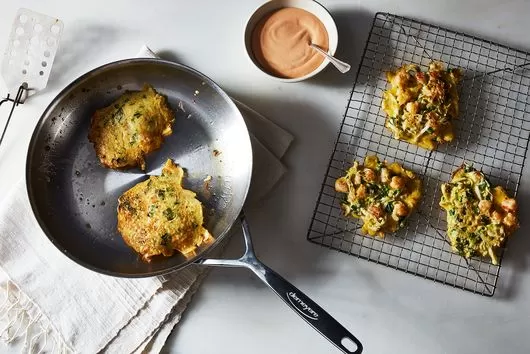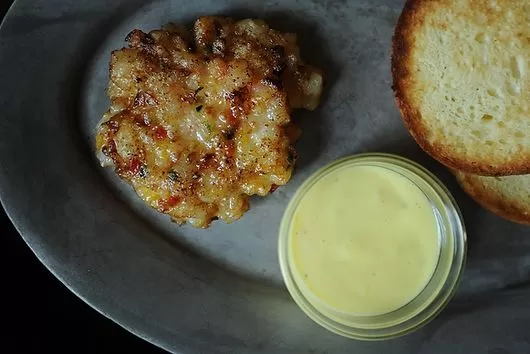Extraordinary Marinated and Roasted Chicken, Potatoes, and Chickpeas
PREP TIME
24 hours 10 minutes
COOK TIME
1 hour 20 minutes
SERVES
4 to 6
Ingredients
400 grams
chickpeas (about one 15-ounce can)
800 grams
(1 3/4 pounds) potatoes
1
medium head of garlic, cloves separated
8
bone in, skin on, chicken thighs
For the marinade:
1 tablespoon
olive oil
2
lemons, up to 3
1 1/2 teaspoons
brown sugar
1 tablespoon
mayonnaise
1 tablespoon
buttermilk
1 teaspoon
harissa paste (or to your taste)
1/2 teaspoon
chile flakes
1 tablespoon
tomato paste
1 tablespoon
soy sauce
1
Salt and pepper to season
2 teaspoons
dry-roasted whole cumin seeds, for garnish
80 grams
chopped coriander leaves and stalks, (or one small handful), for garnish
300 milliliters
Greek yogurt or tzatziki (or enough for each serving to have a generous dollop), for garnish
Ingredients
- The day before, rinse and drain the chickpeas. Peel the potatoes and cut them into 3 inch chunks.
- Give the lemons 30 seconds or so in the microwave to help release more juice, or roll on a flat surface while applying a little pressure. Slice in half and squeeze out as much juice as you can. Mix the marinade ingredients together in a medium bowl. Taste and adjust the seasoning.
- Place the chicken, chickpeas, potatoes, and garlic in a large freezer bag and pour in the marinade. Squeeze out the air and seal the bag. Flop it around a bit to make sure that the marinade gets everywhere. Place on a plate or in a bowl and pop in the fridge to marinate for a day. Turn the bag over whenever you open the fridge over the next 24 hours. (Alternatively, you can just mix the chicken, marinade, and other ingredients in a bowl, and place that bowl, covered, in the fridge, mixing occasionally as it marinates.)
- An hour or so before you are ready to eat, heat the oven to 200º C (375º F). Remove the bag from the fridge and tumble the contents into a roasting dish large enough for everything to be spread out. Season with salt and pepper. Cover the dish tightly with foil and cook for 1 hour. Remove the foil and cook for another 15 minutes or so, until the chicken skin and potatoes are crispy and cooked through, and the chickpeas get a little crunchy. Watch carefully to make sure the marinade does not go from gooey and delicious to a burnt crisp. Remove from the oven and scatter over the roasted cumin seeds and chopped coriander leaves.
- Serve with a dollop of Greek yoghurt or tzatziki on the side, and prepare to be worshipped.






